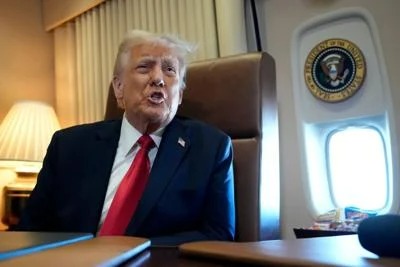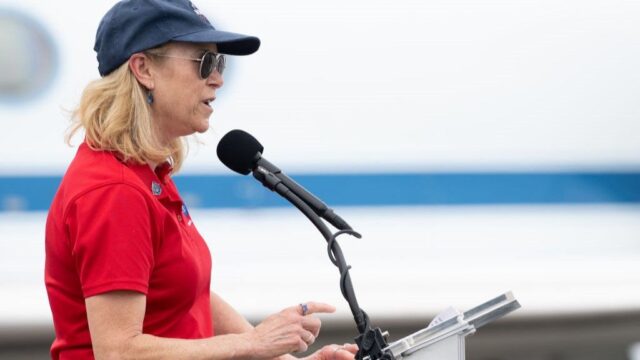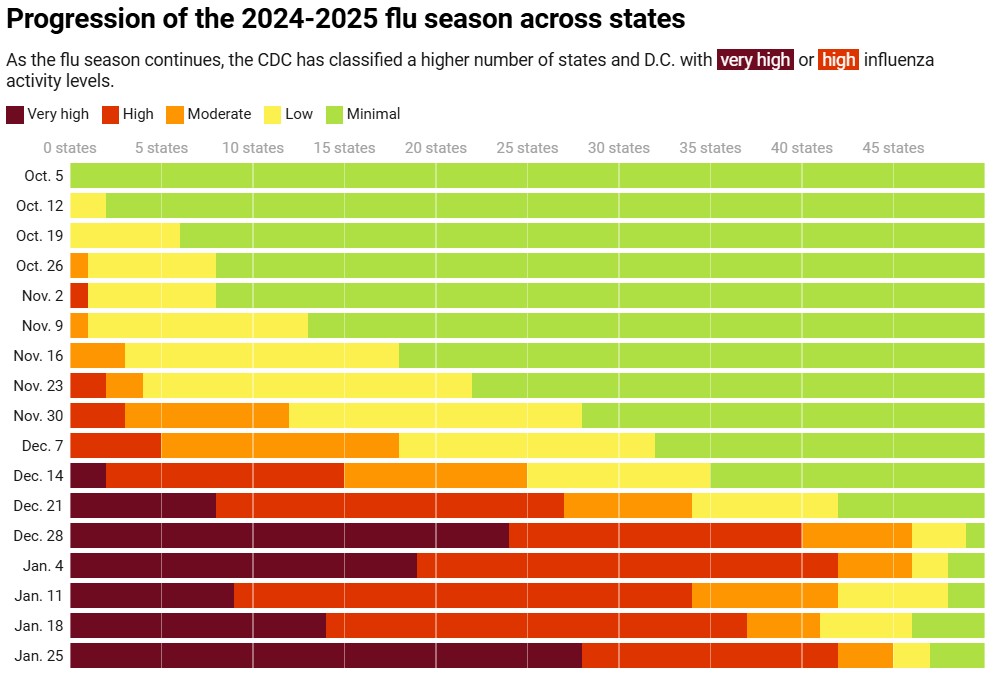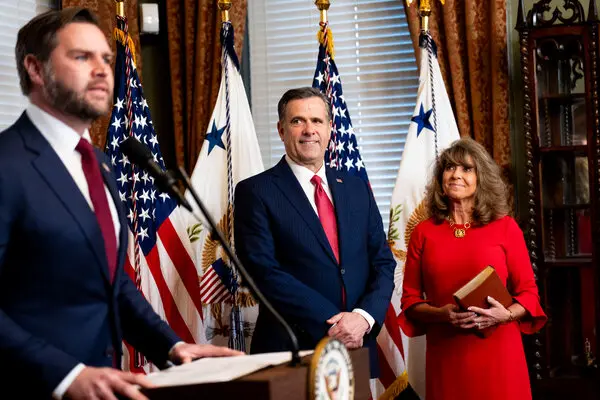US President Trump signs proclamation, renames Gulf of Mexico as Gulf of America

On February 9, 2025, aboard Air Force One en route to New Orleans for Super Bowl 59, President Donald Trump made history by signing a proclamation renaming the Gulf of Mexico to the “Gulf of America.” The signing occurred as the presidential aircraft flew over the area now bearing its new name.
This declaration follows the issuance of Executive Order 14172 on January 20, 2025, titled “Restoring Names That Honor American Greatness.” The order directed the Secretary of the Interior to rename the U.S. Continental Shelf region bordered by Texas, Louisiana, Mississippi, Alabama, and Florida, extending to the seaward boundaries with Mexico and Cuba.
President Trump emphasized the significance of the region to the nation’s history and economy. “The area formerly known as the Gulf of Mexico has long been an integral asset to our once-burgeoning nation and remains an indelible part of America,” Trump stated.
The proclamation also designated February 9 as the first-ever “Gulf of America Day.” Trump called upon public officials and citizens to observe the occasion with “appropriate programs and commemorations.”
“This is another step toward restoring American pride and history,” Trump noted, underscoring the symbolic importance of the renaming initiative.
The announcement sparked mixed reactions domestically and internationally. While some celebrated the decision as a patriotic move, others criticized it as unnecessary and provocative, particularly concerning international relations with neighboring Mexico.
In a statement on X, Google Maps confirmed it would update the label to “Gulf of America” on U.S. digital maps while retaining “Gulf of Mexico” for Mexican users. International viewers will see both names on the map interface.

As Trump’s administration continues to push for symbolic changes tied to American identity, the renaming of this historic water body marks a significant moment in his presidency. The proclamation reinforces Trump’s ongoing agenda to “Make America Great Again” and restore national pride.
Source: The Economic Times




 The new trend for the plus size model continues to grow slowly. Normal size women everywhere take comfort in seeing Crystal Renn on the covers of magazines and on the catwalks. Increasingly, there seems to be a progressive move to have a more realistic image of women in fashion.
The new trend for the plus size model continues to grow slowly. Normal size women everywhere take comfort in seeing Crystal Renn on the covers of magazines and on the catwalks. Increasingly, there seems to be a progressive move to have a more realistic image of women in fashion.









